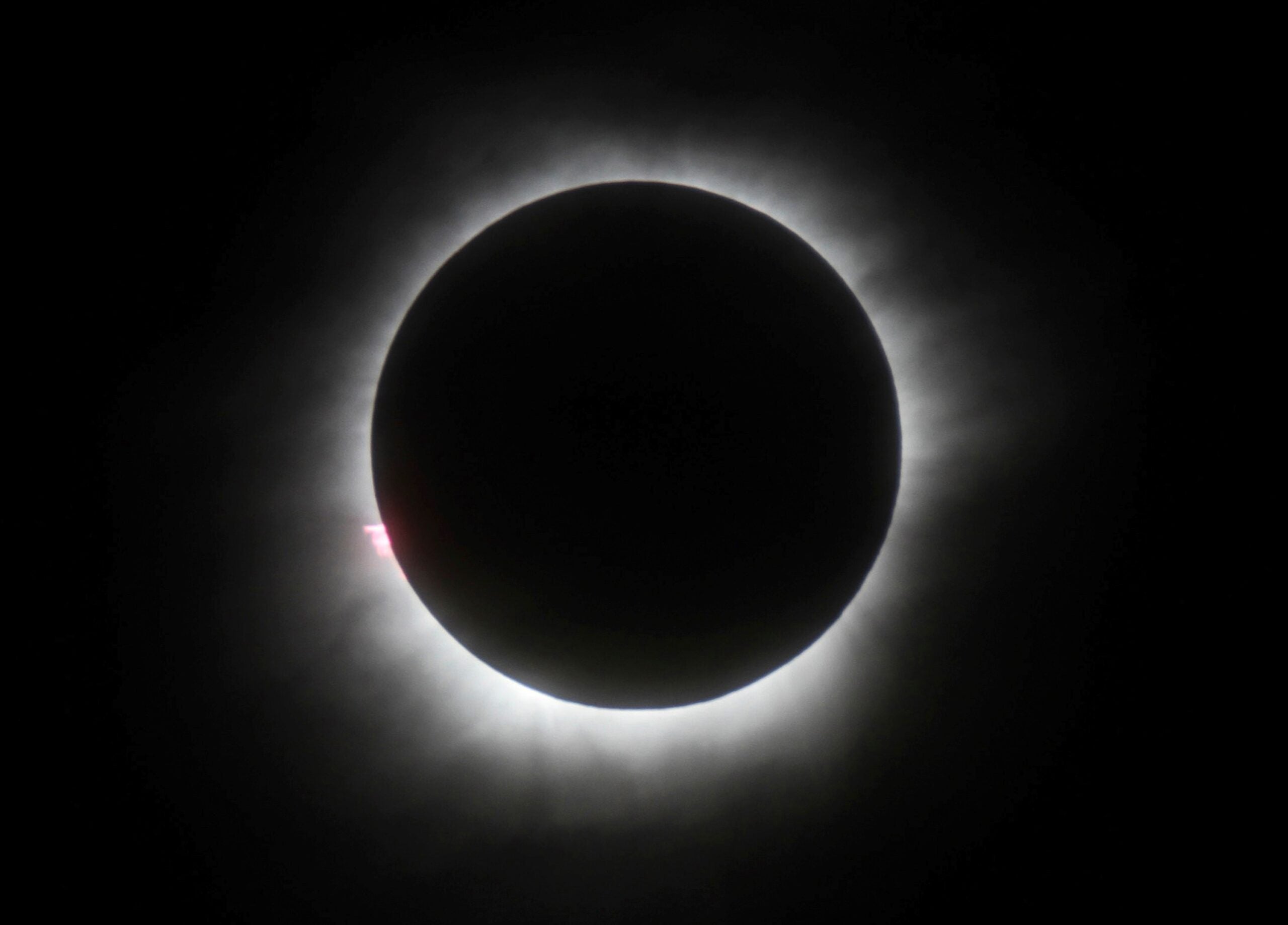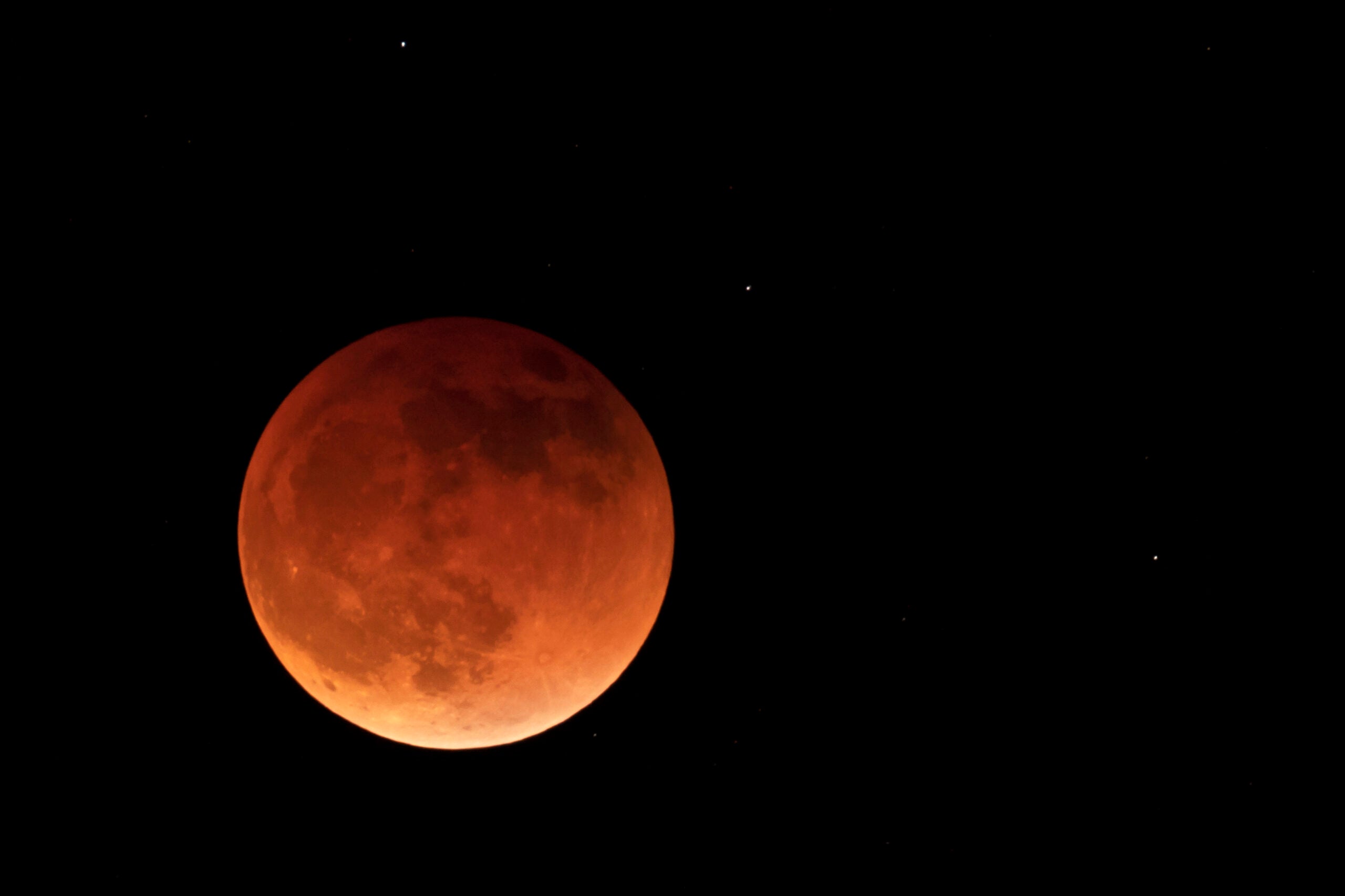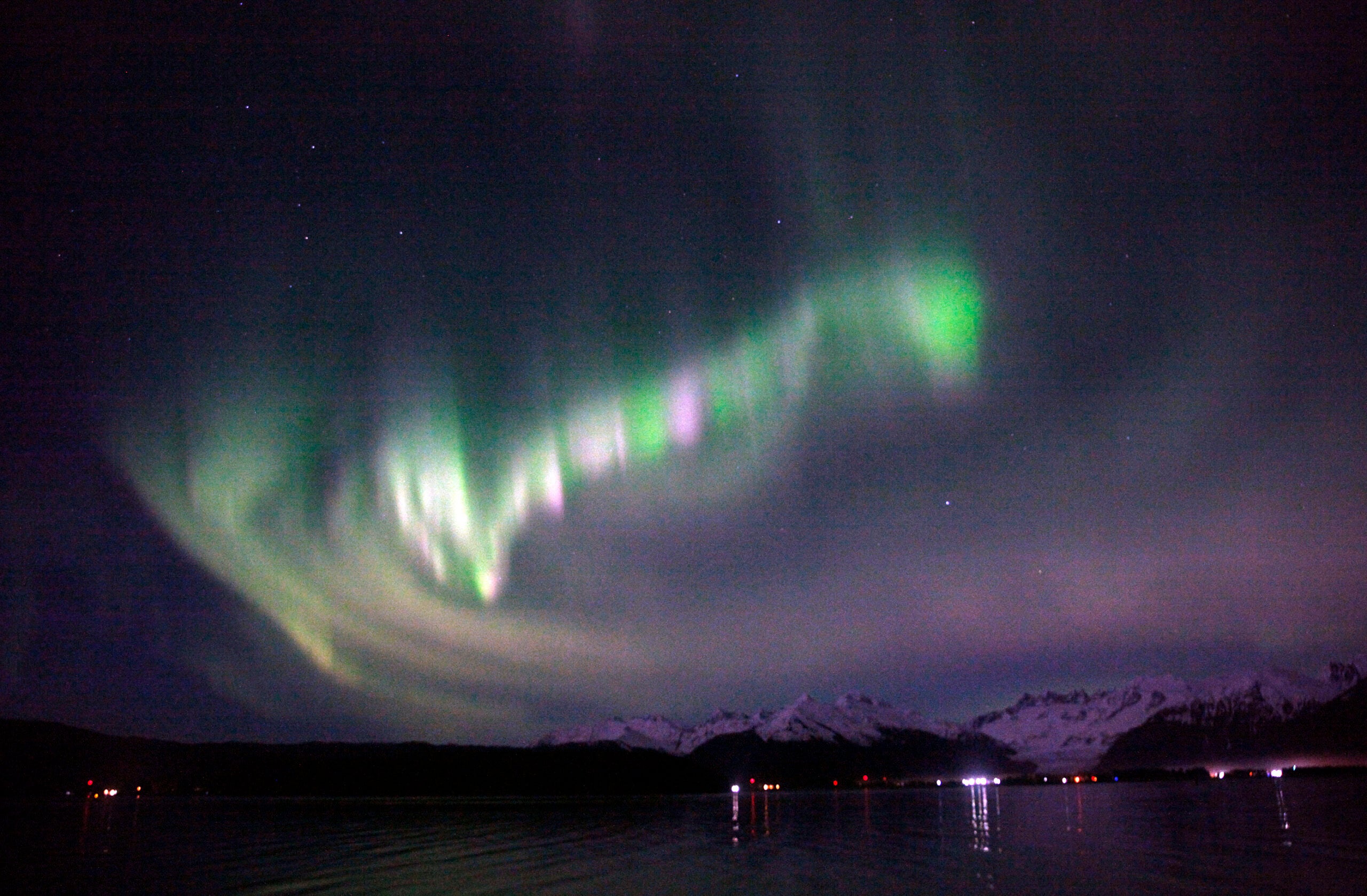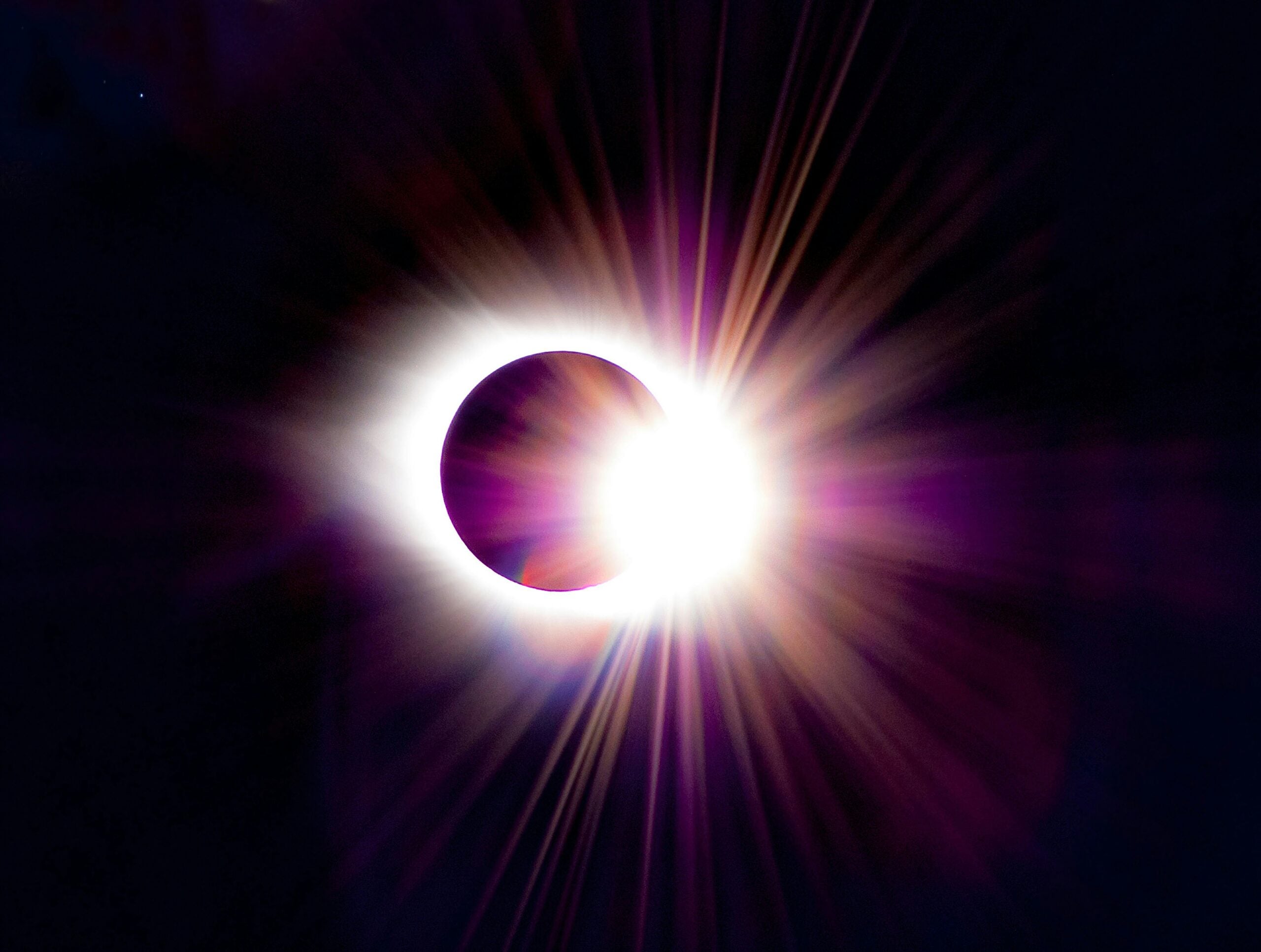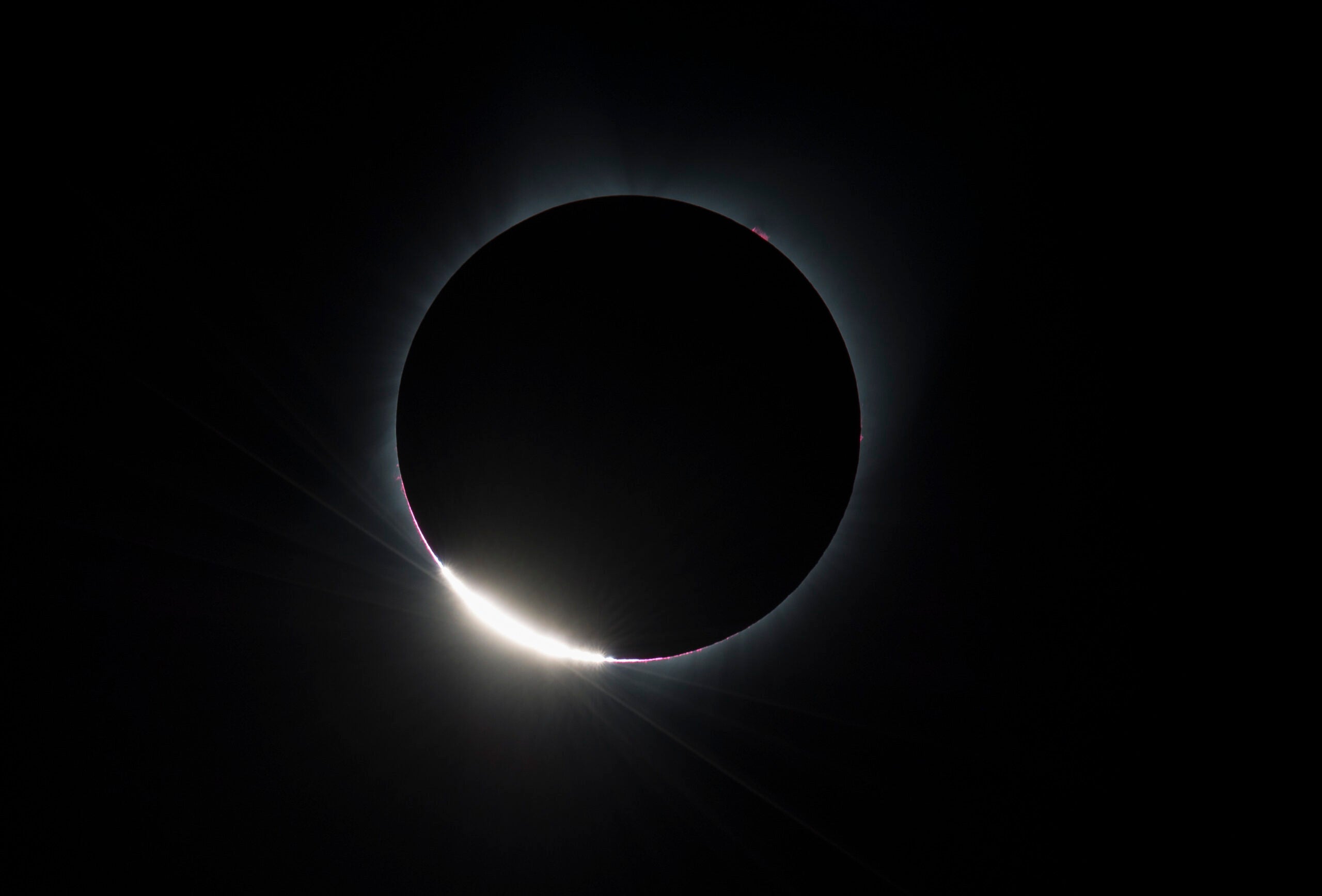Monday’s solar eclipse will only be about 80 percent in Wisconsin, but a scientist says the event will still add to knowledge about part of the Sun.
The eclipse here will start at about 11:45 a.m. on Monday and last about three hours. By about 1:15 p.m., the amount of Sun covered by the view of the Moon will range from 87 percent in southwestern Wisconsin communities to about 75 percent in the northeast.
University of Wisconsin-Milwaukee Planetarium director Jean Creighton saidimages taken during the eclipse will help scientists better understand the Sun’s corona, its outer atmosphere. ‘
Stay informed on the latest news
Sign up for WPR’s email newsletter.
‘If you think that this is the star that’s within spitting distance of us, that we don’t quite know yet. That is, of course, intriguing to us, ” she said.
Creighton, who is an astrophysicist, said scientists may learn more about how much energy the Sun has left and how its energy is transmitted. She also said the eclipse ought to be great for getting everyone to connect to the universe.
Jim Lattis, who directs Space Place at the UW-Madison Astronomy Department, said that even if there are clouds Monday, daylight will diminish.
“You would still notice the effect because even if it’s cloudy, the amount of daylight that’s reaching your location will decrease dramatically. Again, something in the neighborhood of 80 percent of the Sun’s light will be blocked. So, it’ll get darker. If it’s overcast, it’ll get even darker,” Lattis said.
Lattis said if the sky is clear where you are, it’ll seem like clouds have come in, but the sky will still be blue.
Lattis encourages people to try to view the eclipse with specially-approved glasses or to make a pinhole viewer.
At the UW-Milwaukee Planetarium, small telescopes will be available and a summer festival will be held.
Wisconsin Public Radio, © Copyright 2025, Board of Regents of the University of Wisconsin System and Wisconsin Educational Communications Board.
